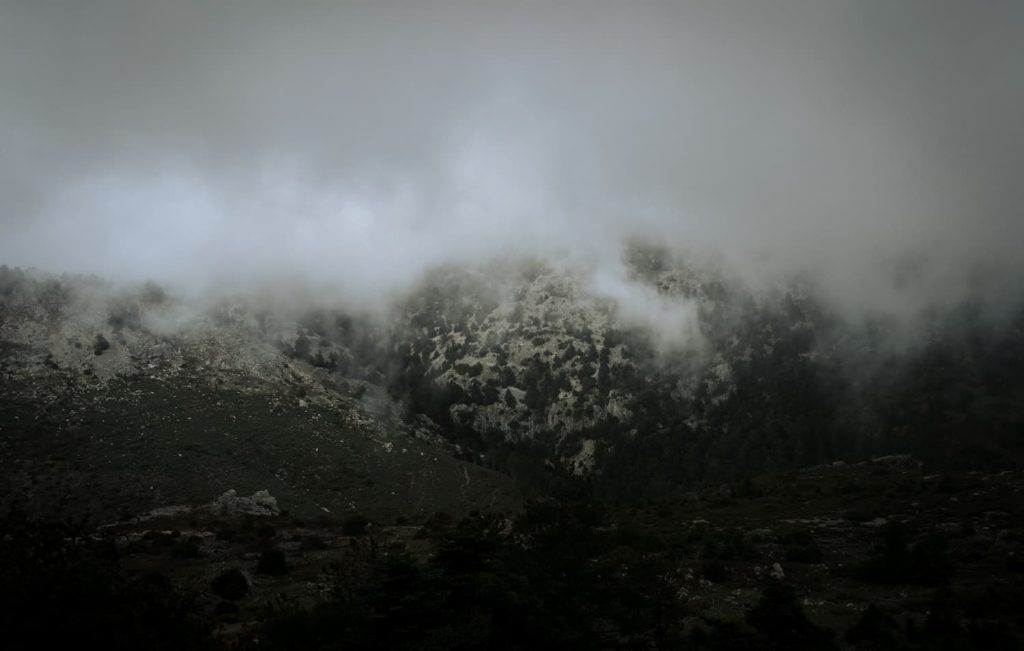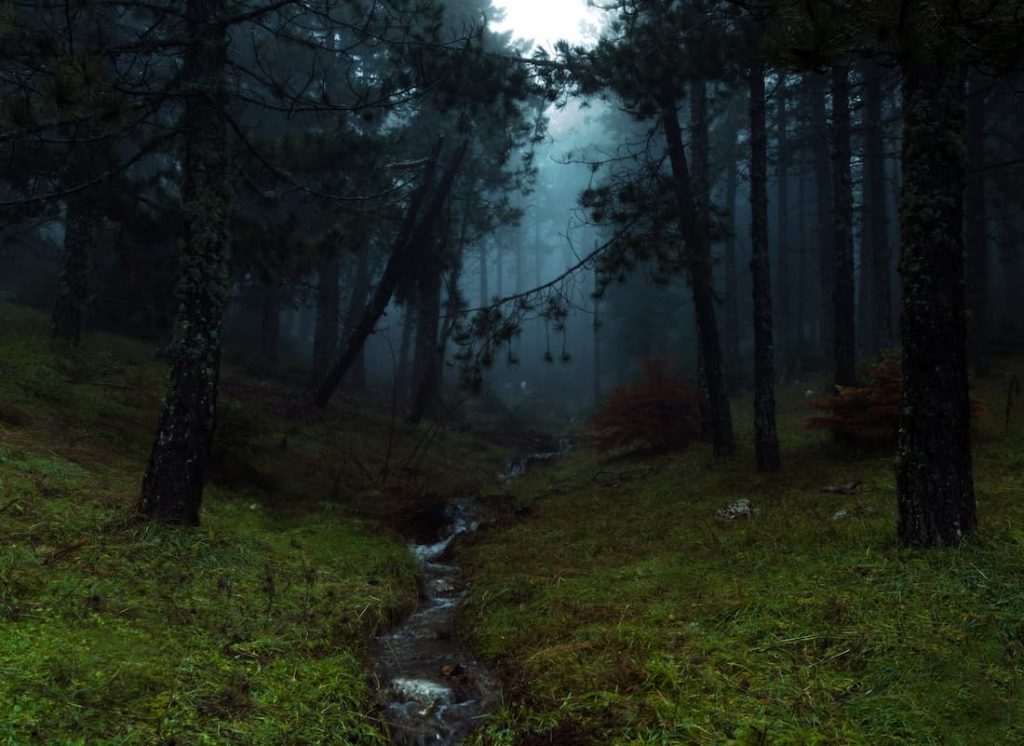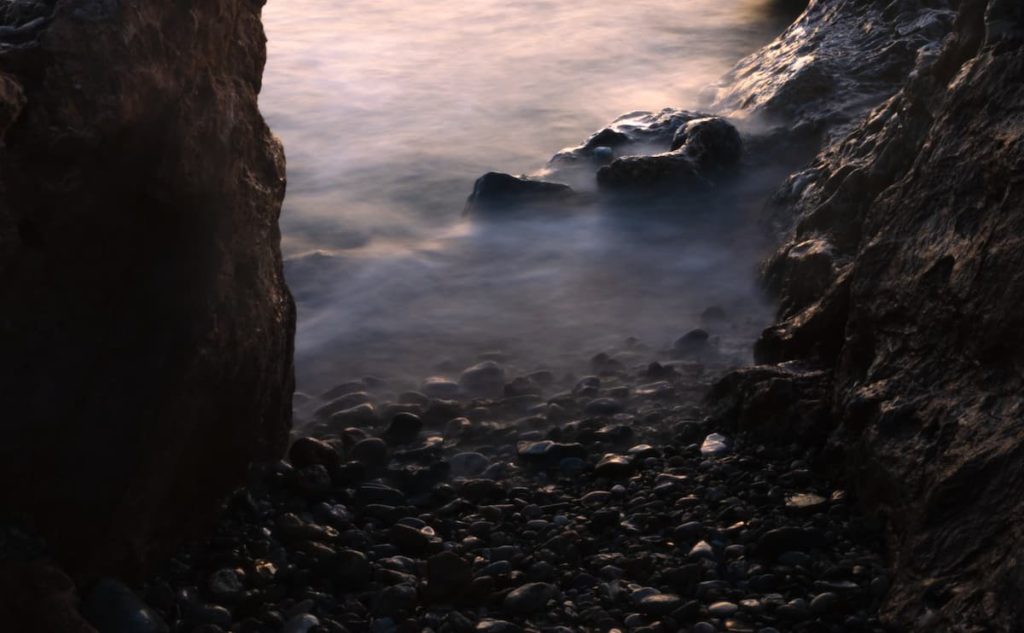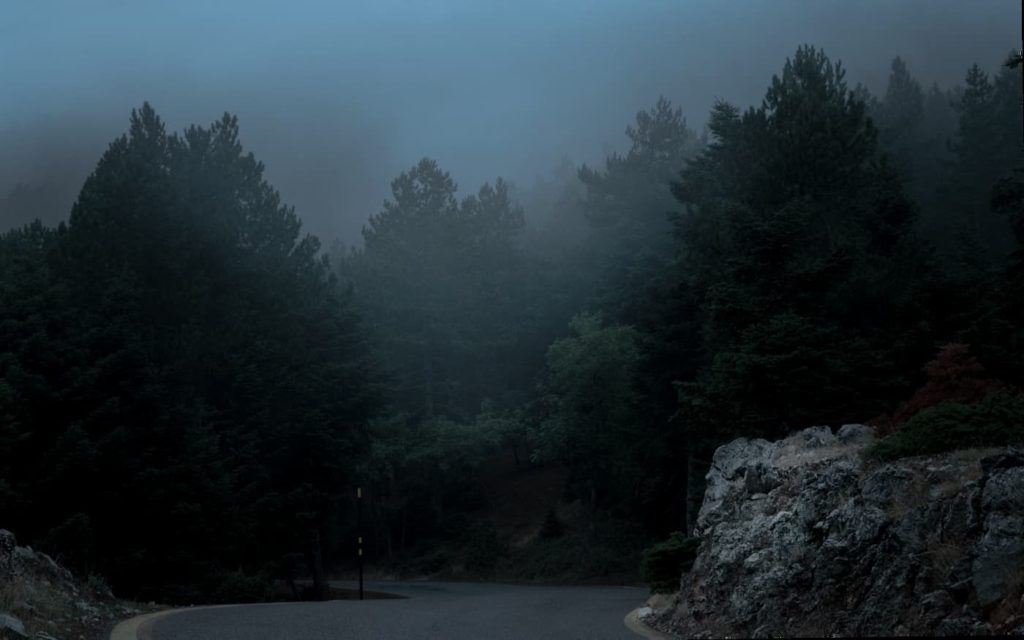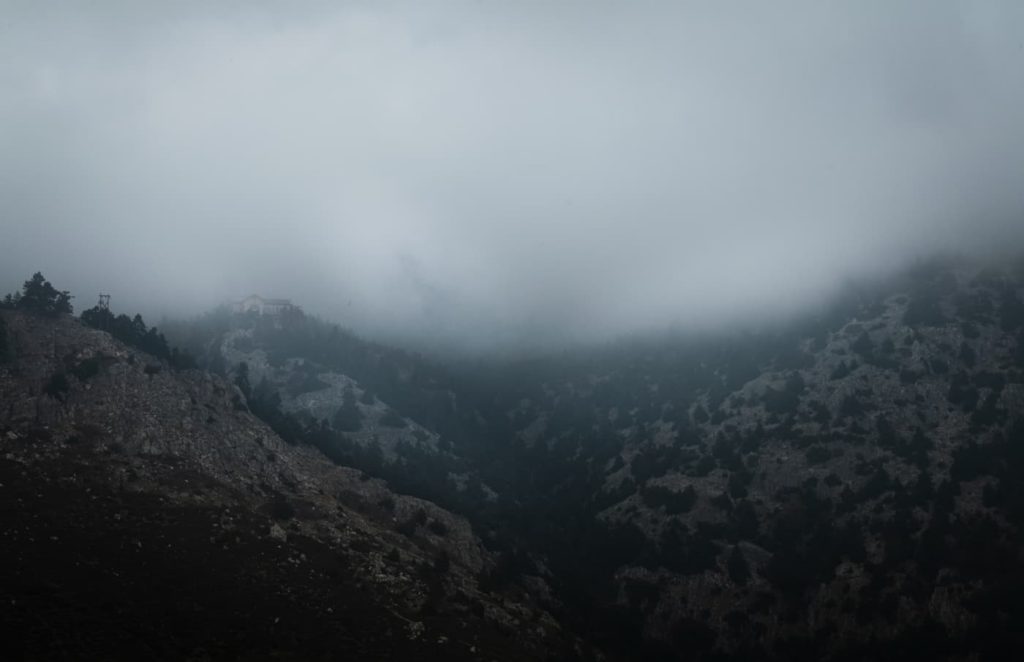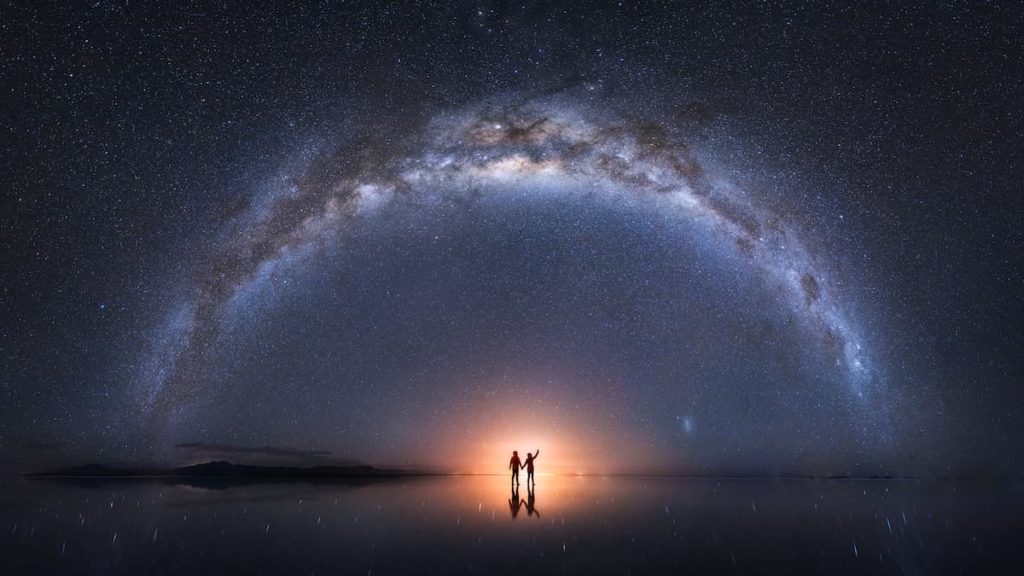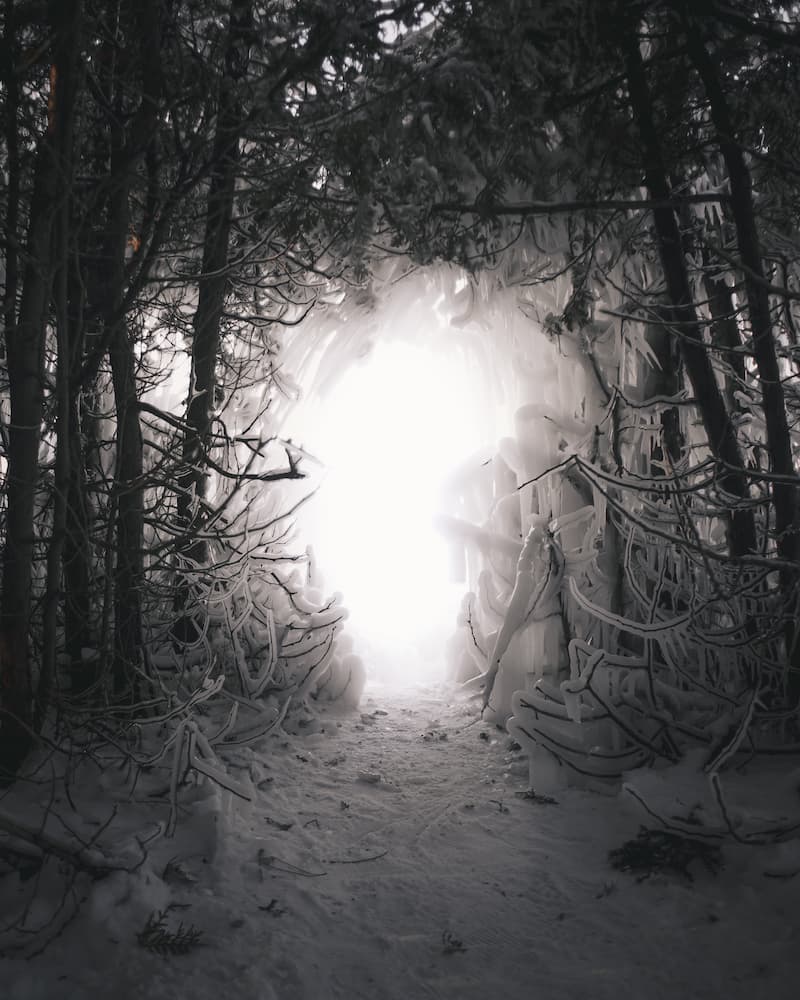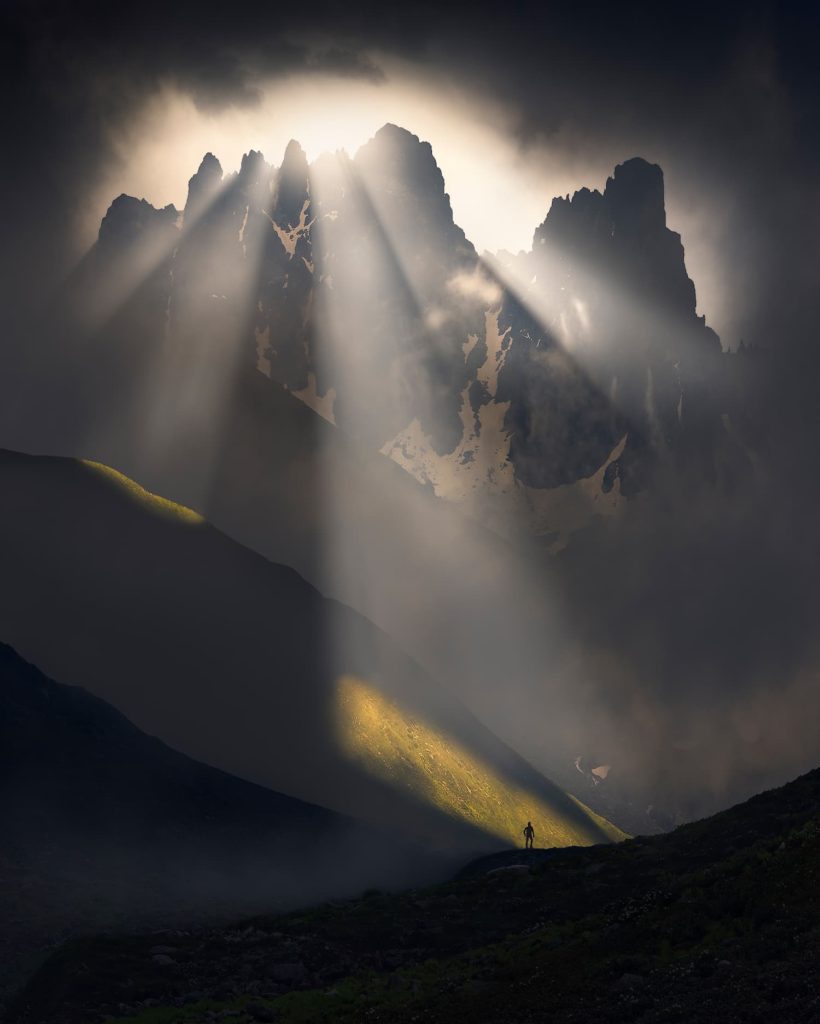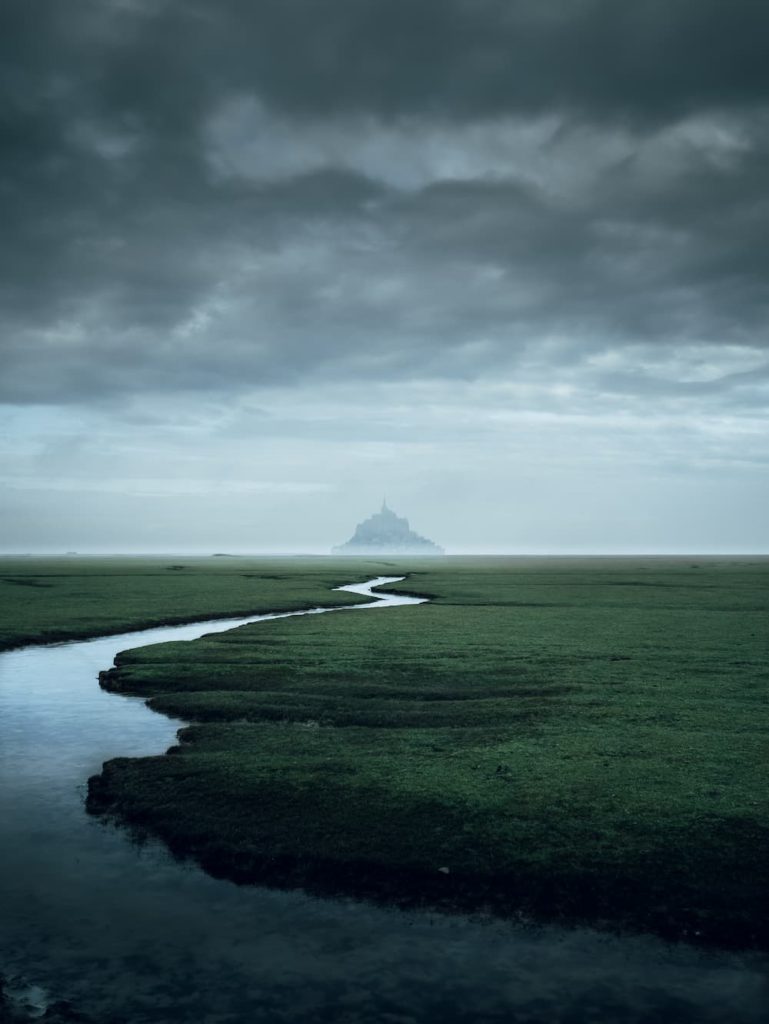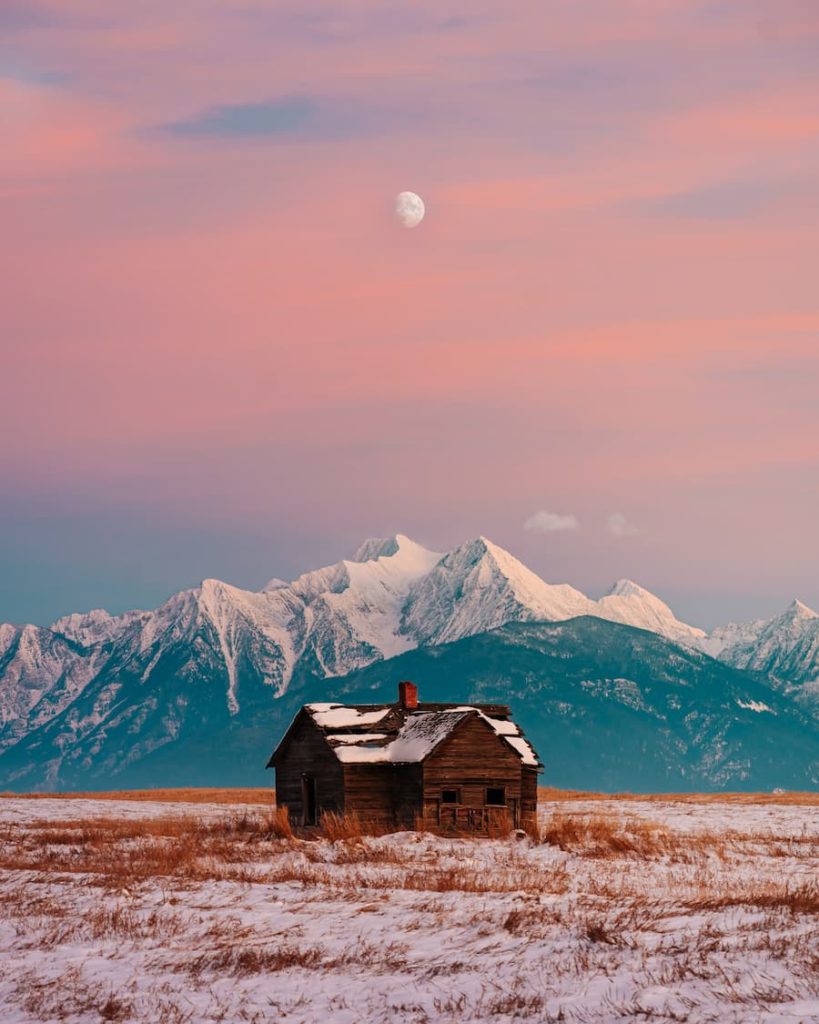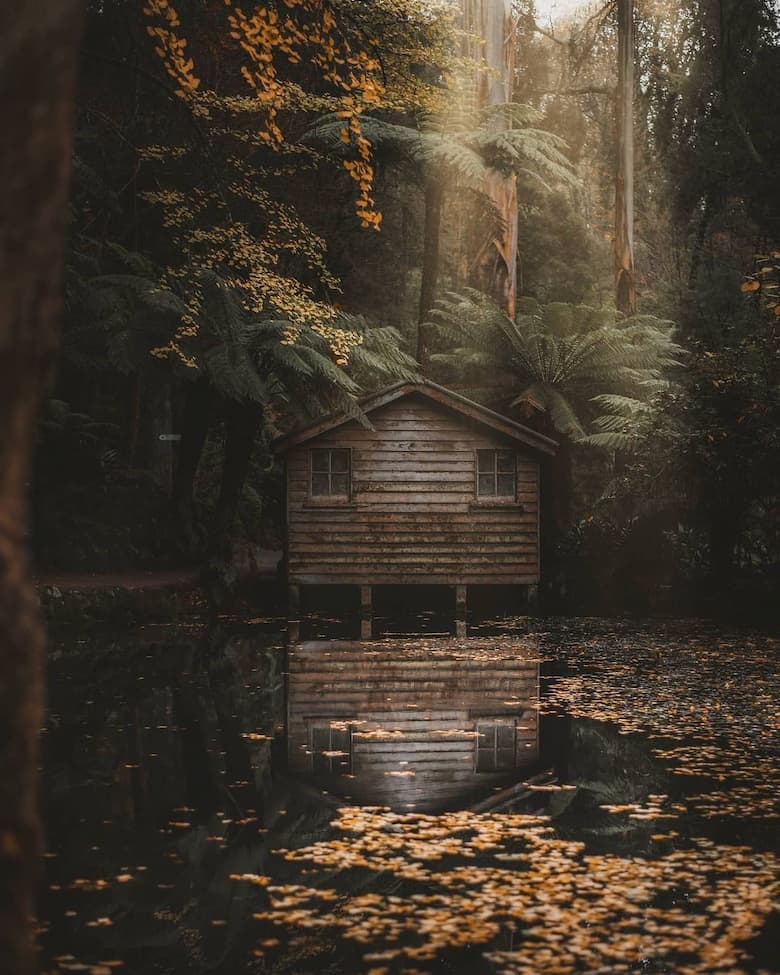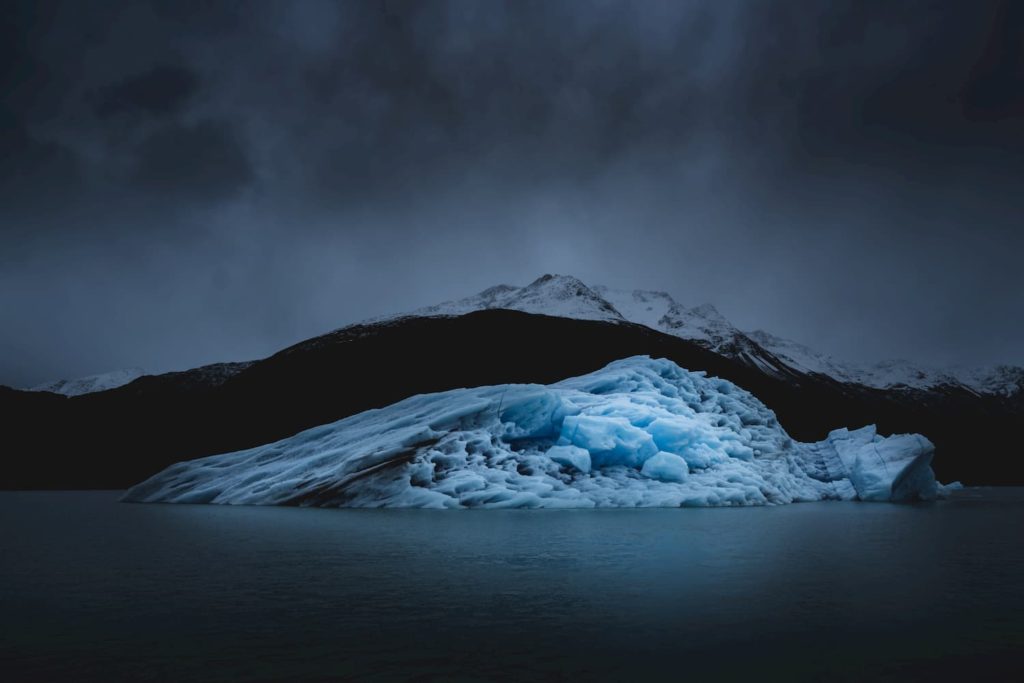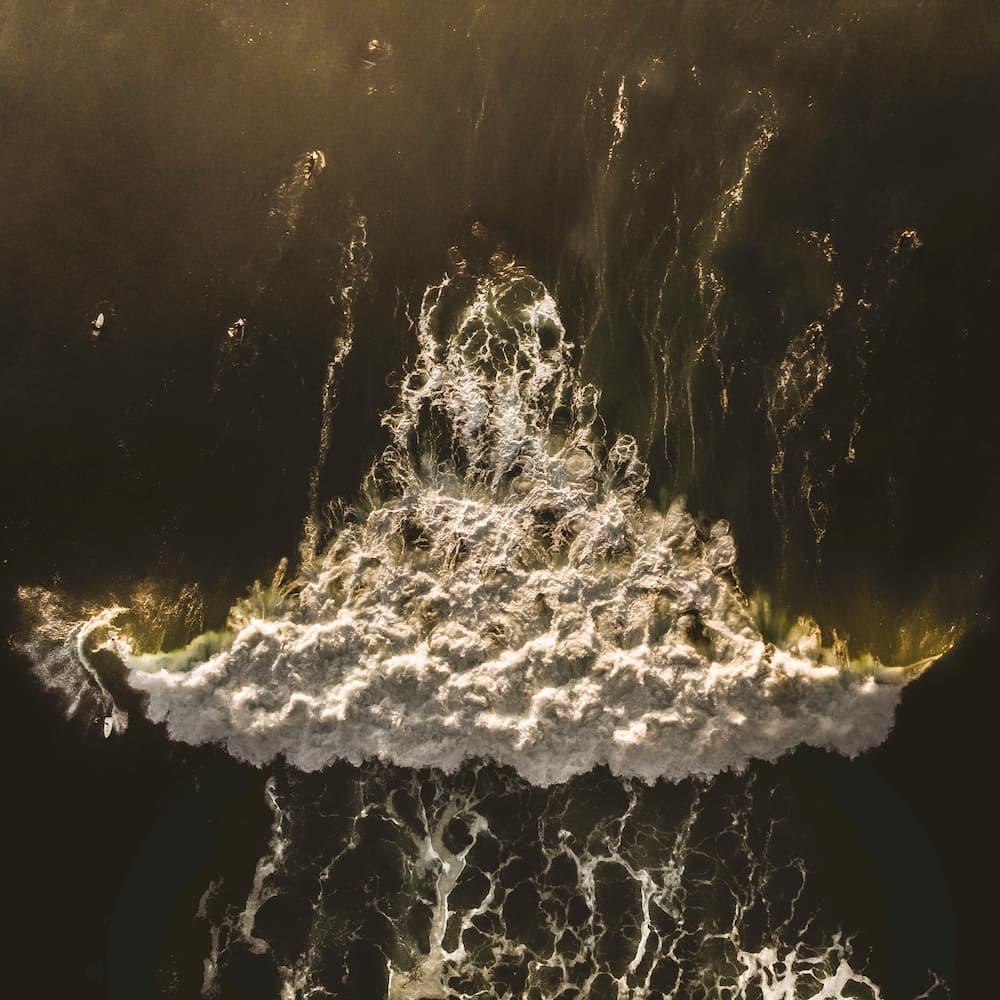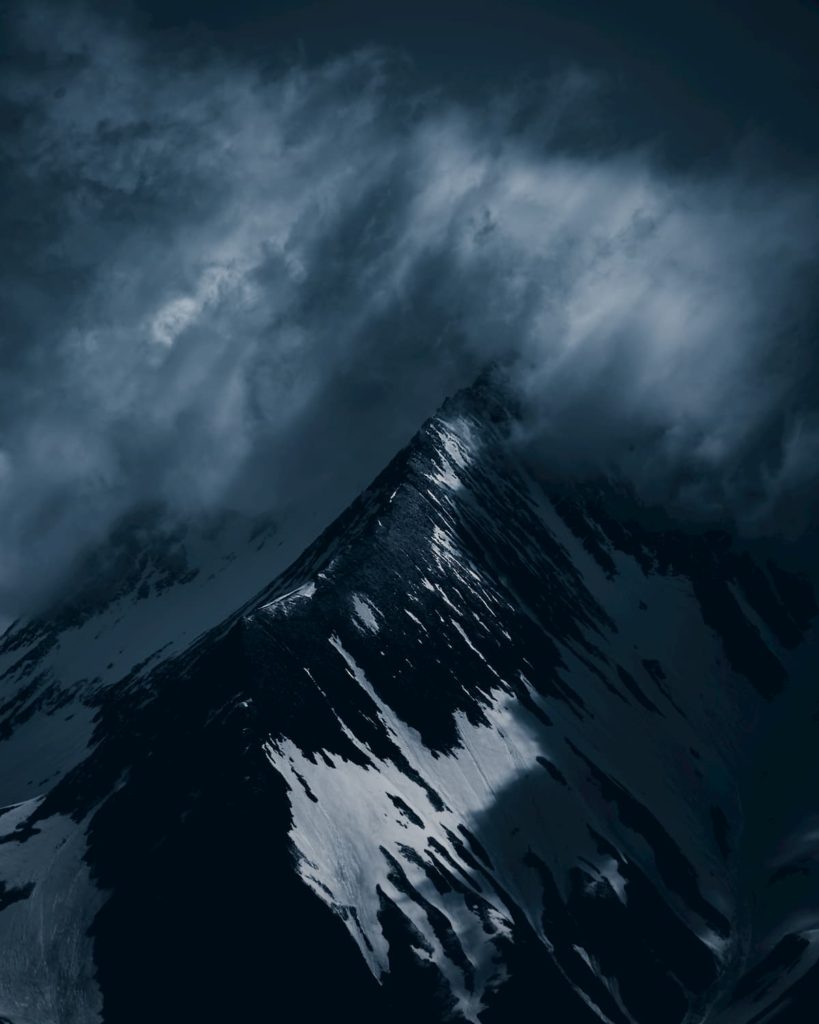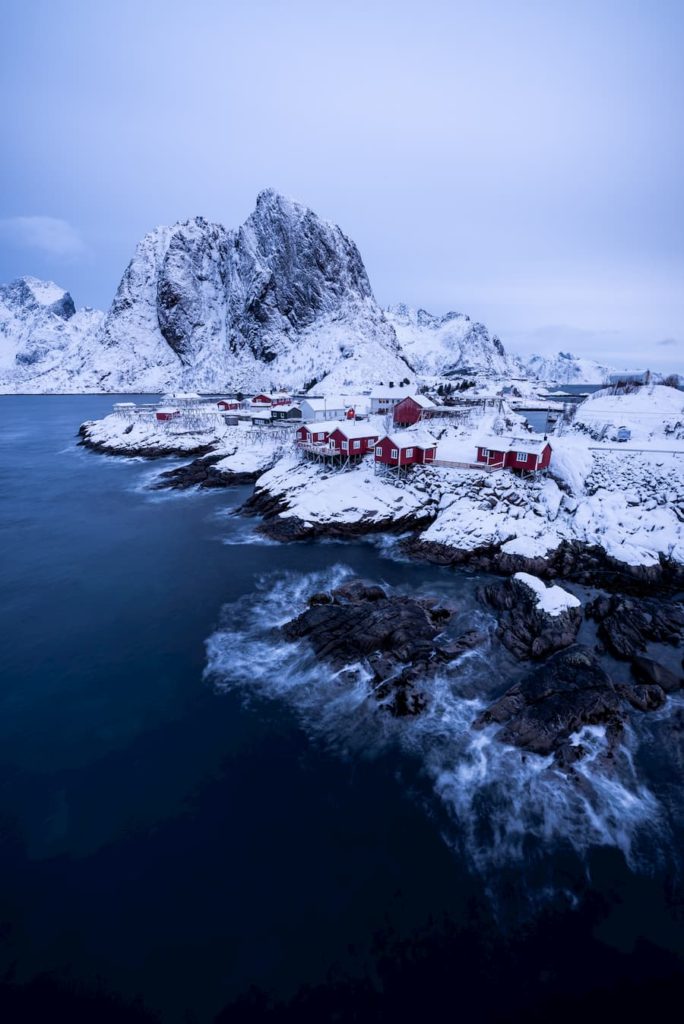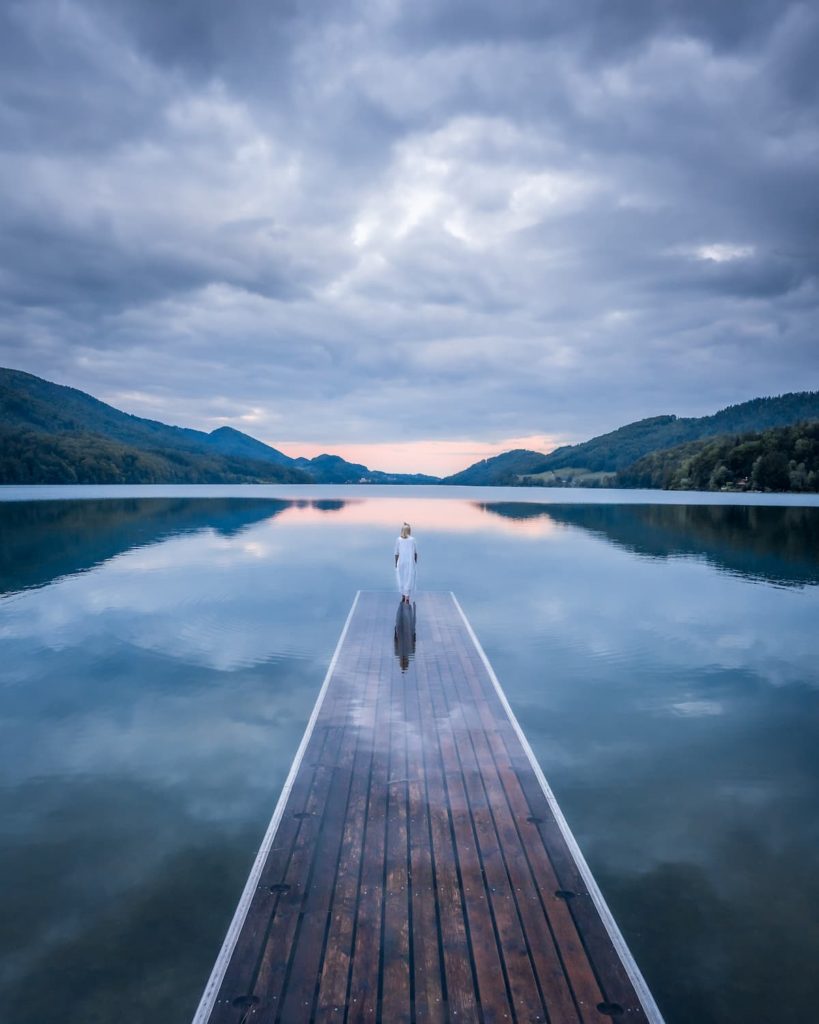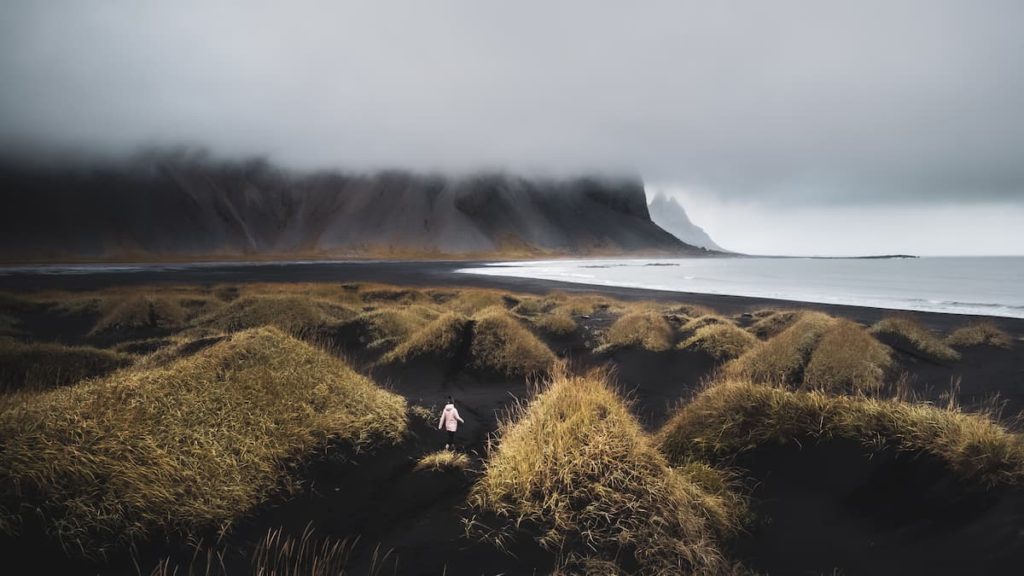
Stavros Machairas
@stavros.m92
Photographer based in Greece
I can remember myself as a kid being amazed by film negatives. I could stare at them for hours. I was not impressed by the camera or the printed photos, but these negatives caught all my attention and curiosity. It wasn’t until 2016 that I began to realize that I enjoyed photographing, searching for compositions, and figuring out how to optimize a photograph.
The key moment was when I started using Instagram more frequently and began to interact with other photographers. I was looking for ways to expand my photographic horizons and looking at other photographers’ posts gave me the inspiration I was looking for. After starting to post more frequently, I was reading many good comments from other photographers which gave me the signal of “you are doing something good, keep it up”. Everyone needs encouragement, and these comments from fellow photographers helped me enter a mental space where I felt free, creative, and confident to keep creating, trying, and improving.
I consider landscape photography a lonely hobby or profession. When I go to photograph a place I really enjoy the calmness of nature. It is my way of meditating and it gives me the energy I need. My passion for the craft and for nature, make me feel complete ad a person and photographer when I am shooting outdoors.
Photography is still my hobby and my current job doesn’t have any relation to photography. I would like one day to make a living in photography and video editing. Some years back, I used to play bass guitar and I have also studied music technology and sound engineering. These things never worked out; probably it wasn’t for me. Some years later, photography popped up in my life and I’m sure things would much more different if I had discovered it earlier.
"But the past belongs to the past and now I work towards my future in photography."
I began with capturing sunsets, which helped me to better understand myself as a photographer. Naturally, I proceeded to the forest and then to landscape photography in a broader sense of the word. For me, the most important thing is to be passionate and eventually, you will discover your strengths through hard work and following what inspires you. The future hides a lot of things that we can’t even imagine. What I really want is to become a full-time photographer, traveling worldwide and to local hidden corners to get some of the best shots and represent nature in its best way through my lenses.
"I don’t know if this would ever happen, but having dreams and working toward them is essential in our life and for our sense of happiness and purpose."
I believe that part of achieving our dreams are the people we meet, the challenges we face, and the moments out of normality that spark something new within us. Life is full of challenges and as I grow up, more and more things happen that have an impact. A growing amount of responsibilities made me understand that working on my weaknesses will improve me overall so the only way to succeed is by reflecting, being honest with yourself, and working hard on becoming a better version of yourself, for yourself. This is the path that I follow in every step of my life.
Inspiration for me is very closely related to this. Inspiration is when someone or some situation offers me (without knowing) what was missing from my “plan” that I had thought out and about so far. I also actively search for inspiration myself by watching the work of other photographers on social media, Youtube, et., and I pay attention to their point of view, how they photograph a place, think about what they intend to show, and often even about what the photo could say about the artist.
I would say every photograph reflects myself. The creation comes as I edit the photograph; it’s like a staircase. I move step by step until I arrive where I want. I’m lucky enough to have a fantasy that gives me ideas not only during the editing but also while shooting. Photography for me is not only about composition and the rules but a blast of inspiration captured through my camera. Everything happens in my mind. This is where I imagine, capture, and edit a photograph.
Actually, the process of achieving a good photograph starts many hours or even days before shooting and editing by checking the weather forecast and deciding where to go. In order to obtain a moody style, there must be specific weather conditions. While shooting I’m trying to have a high shutter speed to give more contrast in the photograph but of course, this depends a lot on the natural light. Getting the dark/moody feeling requires a lot of natural elements such as lighting, weather conditions, the composition of trees, etc., and it’s not so much about camera settings. On the editing part, there are some things I do such as desaturating the image to create a haunted mood, adding some contrast, and reducing the exposure, if needed. I do some dodge & burn to drive the viewer’s eye exactly where I want or to enhance the natural light and shadows.
With the dark/moody style that I have, I aim to draw the viewer into a thriller-like photograph and give them the feeling of living the moment. Like a real interaction, or a thriller movie you watch. I have seen horror movies that inspired me. Not any movie in particular, but in general. The pictures I have seen in these movies are framed in my mind and they help me to give this mood to my photographs. The weather conditions help me a lot to achieve this mood as well. Dark, moody photographs hide mystery, for me either as a creator or as a viewer. I like to make the viewer think of possible scenarios of what could happen in the scene or stare at the photo imagining themself being there.
"For my dark moody style, there are specific steps that I take to enhance the photograph. I always shoot on RAW because I want to have the maximum possibilities in the editing part. I work with Photoshop, so when I open my image I do the basic adjustments in the camera raw filter."
These adjustments are exposure, contrast, black and whites, and cropping. Then, depending on the image, I may do some color grading (a great future of Photoshop) or adjust the highlights to enhance the light source (if there is any). Saturation has a big role in the dark mood style. Most of the time I do a big desaturation, around – 40 or more, and I increase the vibrance with something like +20. I do this because vibrance will boost the faded colors so the photograph will not look like black and white and the desaturation will help to give a dark mood – a thriller-like style, which is my goal. Temperature is an important part of my editing because reducing it will give a blue tint that combined with the fog and the natural scene will give a “haunted” style. Dehaze is a powerful tool to enhance or decrease the fog in an image. So, I use it depending on what I want to create.
I live in Greece, and there are a lot of mountains and forests to choose from for moody photography. I’m lucky enough to have a great mountain with a lot of possibilities near to my city which represents most of my landscape photographs. Usually, I start by taking a path and I keep moving with my camera ready to shoot. And now that I mentioned the forest paths… I have to say that they are one of my favorites spots because, besides the composition, you can make the viewer think that someone may be waiting in the dark and the fog further ahead, or that someone is hiding behind a tree, staring at you. Isn’t that scary? This is how I like to work on my moody photographs. The viewer is part of my creation.
For that same reason, recently I’ve started to name my photos. I want to introduce the photograph to the viewer with a name that represents what they are looking at. Besides that, photography is an art like music, for example. Everyone gives a name to their songs so why not the same for the photographs?
A photo called “The lonely road” is currently my favorite. I really like the mood I captured and the composition of the road with the two trees which leads the viewer’s eye. I decided on this name not only because it’s an empty road but because it represents the feeling of being alone; alone in a haunted place where, on the foggy hill in front, there might be some ‘spirits’ or a ‘haunted house’. You can think of many stories to create such a moody shot, and with a little imagination, the viewer can truly feel and live the story.
It feels incredibly satisfying when you as a creator are proud of a photograph and above all when you see that it provokes a reaction within the spectator. At that moment, I know I transformed a photograph into a story.
Would you like content like this sent to your inbox?
NOMADICT
ART GALLERY
THE LATEST STORIES
WRITEN WITH PASSION TO INSPIRE YOU
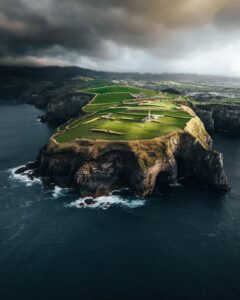
Photo tour in Azores, Portugal
Join us in the Azores for a unique photo tour, where you’ll elevate your creative skills with expert guidance from Ronald Soethje, Bruno Ázera, and Nomadict.
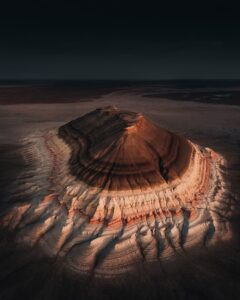
Forest Kai (@forest1kai): Photographer based in the US
In this article, Forest shares how years of chasing scale, silence, and raw landscapes shaped his approach to photography, from the deserts of Kazakhstan to the volcanic ridges of Iceland. He talks about how he uses light, texture, and vast negative space to create images that feel both intimate and overwhelming.
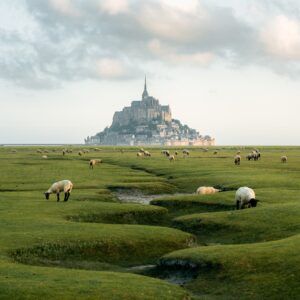
Simon Hechtbauer (@roamwithsimon): Best of the Week 32 at #nomadict
Simon shares the journey behind his photography, from early inspirations to field techniques, editing, and the story of the winning shot that shaped his path.

Miroslav Maršík (@miromarsik): Photographer based in Czech Republic
In this article, Miro shares how his love for cinematic music evolved into a deep passion for photography and how he uses light, color, and atmosphere to turn the streets of Prague into living film scenes.

Aurora photography panorama workflow: A guide to camera settings, editing, and color
In this article, Stefanie reveals how her background in physics sparked her passion for astrophotography and how she blends science with creativity to capture the beauty of the night sky. Readers will discover her approach to color, contrast, and editing, as well as her aurora photography workflow.

Yhabril (@yhabril): Best of the Week 33 at #nomadict
Spanish photographer Yhabril captures the profound connection between humans and the mountains that shaped him. Growing up in the Pyrenees, his work bridges outdoor sports, landscapes, and celestial scenes — often blending athletes, moonlight, and wilderness into striking visual stories.

Ariane Totzke (@besondersschwierig): Photographer based in Switzerland
In this article, Ariane shares how photography helped her navigate personal challenges, connect authentically with people and animals, and develop a philosophy rooted in empathy and artistic freedom. Readers will also discover her ethical approach to wildlife photography and her trusted equipment for both camouflage techniques and cameras.

How to photograph Dutch tulip fields: A guide to light, gear, composition, and colors
Discover how to photograph Dutch tulip fields in their most magical light. From choosing the right gear and lenses to mastering composition, color, and aerial perspectives, this guide shares creative techniques to capture the beauty of the Netherlands’ tulips. Learn how light, color grading, and proportion bring emotion into every frame.
